While Sony’s shuttering of Concrete Genie developer PixelOpus earlier in May wasn’t making headlines the way yesterday’s PlayStation Showcase announcement of the Metal Gear Solid 3 remake did, it still hangs over the PlayStation brand like a dark cloud, even when Sony’s showing an hour’s worth of upcoming games.
The PixelOpus closure was the latest in a long line of moves by the brand to position itself as a company of prestige, blockbuster video games. It’s gotten to the point where Sony’s reportedly derailing its studios to work on Uncharted games instead of new IP. Gone, it seems, is the Sony that championed quirky and unique titles like Media Molecule’s Tearaway or Japan Studio’s Gravity Rush.
This is the trajectory PlayStation has been on since the PS4 era. The death of PixelOpus feels like another omen that a brand that once prided itself on encouraging creative bets is increasingly only interested in chasing big-budget blockbusters. This PlayStation Showcase felt like a reminder that, while there are still a lot of lovely, innovative games coming to the PS5, most of them are coming from studios that seem more influenced by the PlayStation brand’s innovative past than its seemingly prestige-obsessed present and future.
Sony’s doubling down on prestige blockbusters
Sony’s big headlining game was Marvel’s Spider-Man 2, which looks great, but leans hard into the cinematic action storytelling that popularized Naughty Dog’s Uncharted. The full game will be full of the fast-paced, superhero theatrics, but the gameplay we did see made a point to spotlight the direction and setpieces that have become synonymous with the PlayStation brand. I enjoy these aspects of Sony’s games, but I also recognize how these concepts have become a point of friction for many fans since The Last of Us first exploded in 2013. At first, the sentiment that all of Sony’s first-party games felt like they were chasing Naughty Dog’s highs felt overblown to me. But lately, I’m starting to wonder.
Yes, there’s certainly something to be said about how some games—Horizon, the Norse God of War duology, even some ill-fated franchise attempts like Days Gone—clearly take inspiration from Naughty Dog’s post-apocalyptic series. But claiming they’re all the same when they couldn’t be farther apart conceptually and systemically has always felt like a reductive view of what’s actually happening at Sony. That nuance is often lost because, to some, the idea of “cutscenes as a storytelling device” has somehow been claimed by The Last of Us, which dovetails with some people’s mistaken perception that, “any game that involves a human-like character in a third-person perspective is the same, actually.”
But as Sony shifts further toward an emphasis on photorealistic visuals and HBO adaptation-ready storytelling, it’s leaving more ideas on the cutting-room floor. And more talent is being pushed out. Watching a PlayStation Showcase where the first-party line-up consisted of only big-budget, prestige-driven efforts or live-service games makes creative high points like Puppeteer, LittleBigPlanet, Tokyo Jungle, and even the early Sly Cooper games feel like relics of a bygone era.
Whatever throughline a person claims makes Sony’s first-party output feel homogenous, it’s concerning that Sony now seems less interested in different visual art styles, gameplay mechanics, and storytelling approaches as it attempts to spin everything under the PlayStation umbrella into a multimedia universe. Ratchet and Clank is one of the only old-school survivors of what seems to be a culling of the games and creatives behind PlayStation’s previously eclectic first-party catalog.
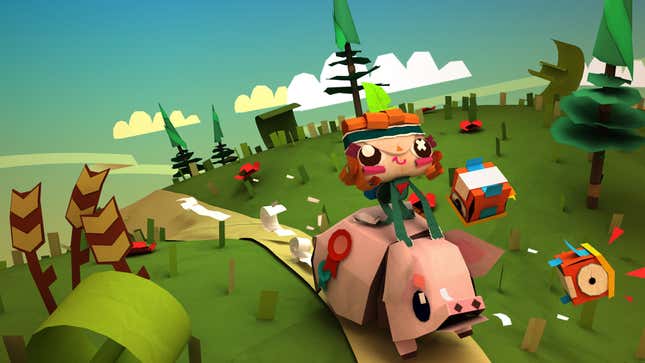
Sony’s upcoming slate has no shortage of sequels to its modern prestige games, and Spider-Man 2 and Sony-published Death Stranding 2 will probably be great. But it feels their existence now comes at the expense of smaller-scale, innovative projects like Concrete Genie and Parappa the Rapper. Outside of Spider-Man 2, many of Sony’s first-party PlayStation Showcase projects showed just cinematic trailers without gameplay, and a fair few also seemed to be geared toward multiplayer, such as Haven’s FairGame$ and Marathon. Live-service and prestige games seem to be the two pillars of PlayStation Studios right now.
We’re still getting a lot of that old creative spirit in indie games
Meanwhile, much of the company’s old spirit was captured by indie studios who Sony did, at the very least, spotlight on its huge digital stage. Games like Neva, Cat Quest, and Revenant Hill stand out alongside generic games with generic names. Three years and counting of ambient pandemic noise and endless “digital showcases” have only made the increasing homogeneity of many big-budget games more apparent, and caused this samey output to increasingly blend together in our minds. Now, Sony’s own games are falling into that trap themselves.
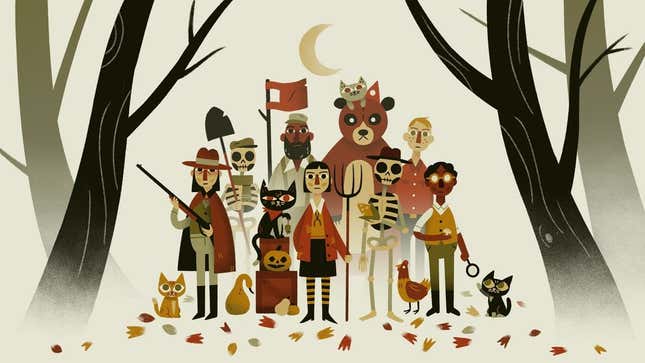
Sony wants PlayStation to grow into a megalithic brand with a hand in every form of entertainment. It apparently feels that doesn’t leave it time to double back to its more lighthearted history, or dedicate resources to pleasant larks it can’t spin off into wildly successful HBO series or live-action movies. And while the PlayStation Showcase only had a few first-party games to show, I can’t help but feel the company is wholly lacking in the same imagination it once had. The PlayStation 3 era, which is widely considered to be the generation Sony “lost” the made-up console war against Microsoft’s Xbox 360, was one of its most experimental phases. Exciting new games were popping off constantly, and it just felt like the company was more willing to try new things and make mistakes. Now, Sony’s output always feels too carefully curated and on-message to evince much starry-eyed wonder.
This isn’t a Sony-specific problem, as pretty much every big brand in entertainment has become increasingly more terrified of perceived failures, to the point where any deviation from the public mission statement must be sanded down or stomped out. Sony says it hopes to have half of its output be new IP by 2025, and I just hope that whatever games the company shows us in the coming years will be able to recapture some of the old magic. But given that Sony apparently also wants live-service games to be a sizable chunk of its supposed coming renaissance, I’m not holding my breath.

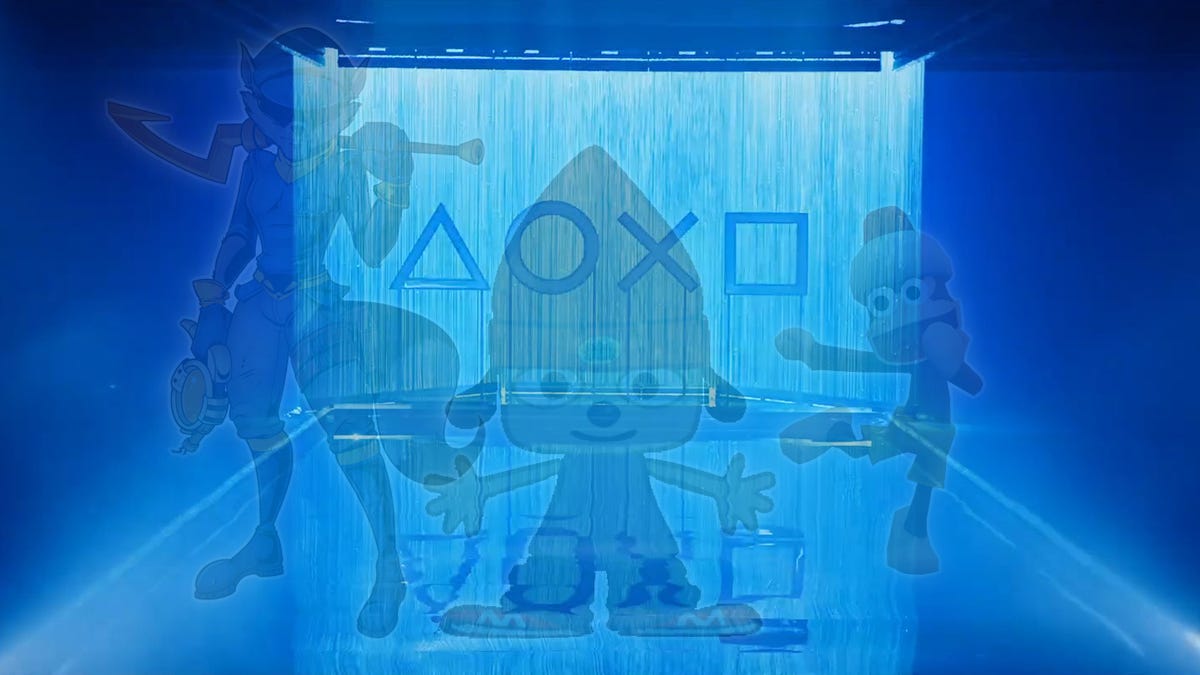
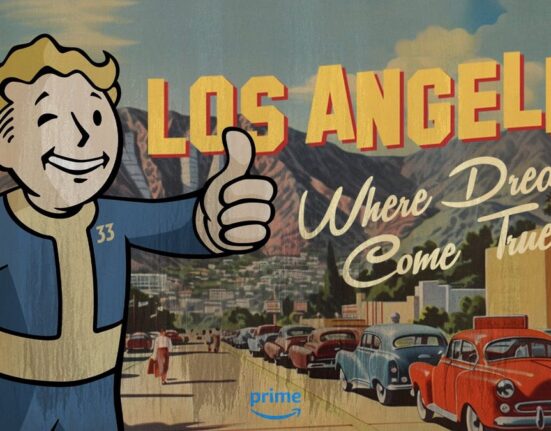

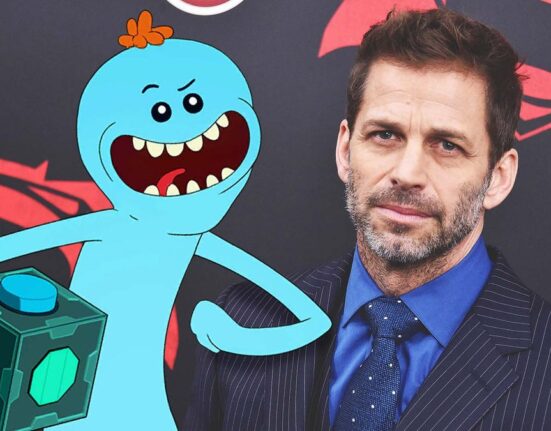
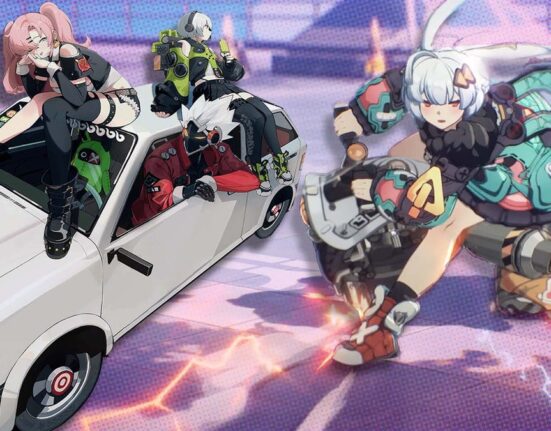
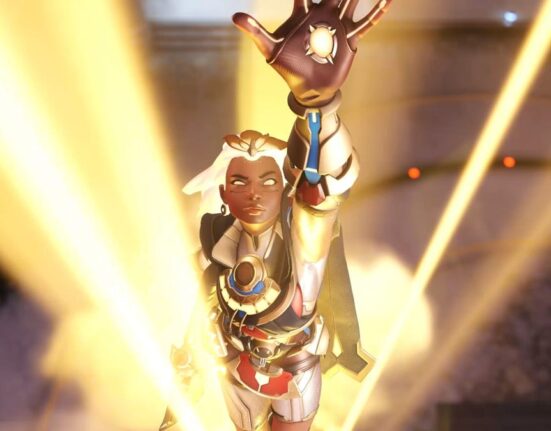
Leave feedback about this